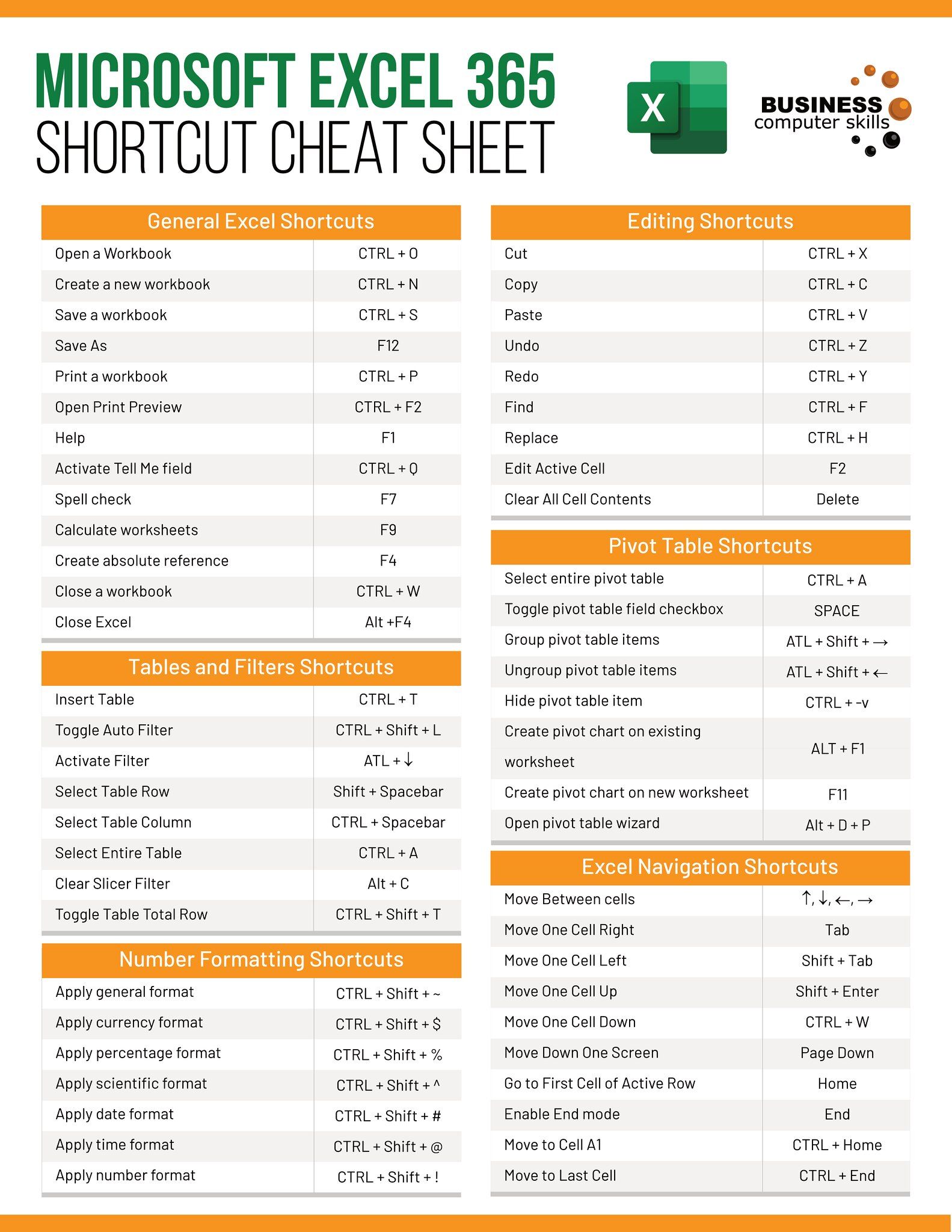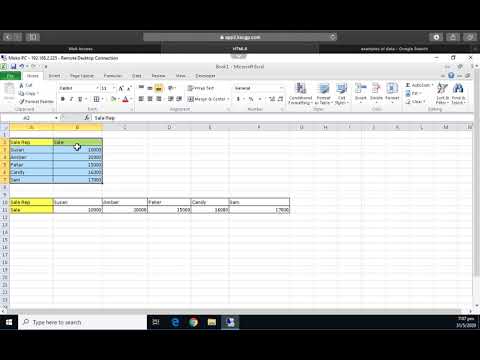5 Simple Tips to Spread Out Excel Sheets for Clarity

Understanding the Benefits of Spreading Out Excel Sheets

Excel spreadsheets are powerful tools for organizing and analyzing data, but they can quickly become cluttered and overwhelming. Spreading out your data across multiple sheets or workbooks can make your information more accessible, easier to navigate, and improve data management overall. Here are five simple tips to help you achieve this:
1. Utilize Multiple Sheets within a Workbook

Instead of cramming all your data into one sheet, consider using different sheets for various data sets or project phases:
- Data Entry: One sheet for inputting raw data.
- Data Analysis: Another for performing calculations or analyses.
- Visualizations: A separate sheet for charts and graphs to visualize the data.
- Reporting: Use a sheet for compiling reports or summaries.
✅ Note: Keep in mind that each sheet should have a clear and descriptive name to enhance navigation within the workbook.
2. Create Separate Workbooks for Different Projects

If you’re working on multiple projects, consider keeping each project in its own workbook. This approach:
- Helps in isolating project data, reducing the risk of accidental alterations or confusion.
- Allows for easier file management and sharing with team members.
- Facilitates focused analysis, as each workbook can be tailored to the specific needs of the project.
3. Leverage Data Validation and Protection

To maintain data integrity across your spread sheets:
- Use data validation to control what can be entered into cells, reducing errors.
- Apply sheet protection to lock important formulas or sensitive data from being altered.
- Set up cell comments to provide context or instructions for users.
4. Organize Data with Grouping and Outlining

Excel’s grouping feature allows you to:
- Collapse or expand rows or columns to show/hide detailed data.
- Summarize your data quickly with subtotals.
- Make your spreadsheet cleaner by hiding non-essential information when necessary.
🔍 Note: Groups can be nested to provide multiple levels of detail. Use this feature judiciously to avoid clutter in the sheet.
5. Use Conditional Formatting for Quick Insights

Conditional formatting can help in visually distinguishing data, which aids in:
- Data analysis by quickly identifying trends, outliers, or critical points.
- Improving user intuition regarding the status or importance of data.
- Maintaining data hygiene by highlighting invalid entries or areas requiring attention.
Here's how you can apply conditional formatting:
| Feature | Example Use |
|---|---|
| Data Bars | Show progress within a set range visually. |
| Color Scales | Visualize a range of values with color gradients. |
| Icon Sets | Use symbols like arrows, flags, or traffic lights to indicate status or importance. |

Spreading out your Excel sheets not only enhances clarity but also makes your work more efficient and manageable. When data is well-organized, it is easier to spot trends, make decisions, and share insights with others.
What is the difference between a workbook and a sheet in Excel?

+
A workbook in Excel is the entire file that contains multiple sheets or worksheets. Each sheet is a single tab within the workbook where you can input, organize, and analyze data independently from other sheets.
How can I prevent accidental changes in my Excel workbook?

+
To prevent accidental changes, you can use Excel’s sheet protection feature. This allows you to lock certain cells or the entire sheet, which then requires a password to make changes. Additionally, using data validation can control what kind of data can be entered into cells, reducing the likelihood of errors.
Is there a limit to how many sheets I can have in one Excel workbook?

+
Yes, there is a limit, but it is quite high. Excel 2016 and later versions support up to 1,048,576 rows and 16,384 columns per sheet, and you can have as many sheets as your system memory allows, with practical limits depending on the complexity and amount of data in each sheet.



